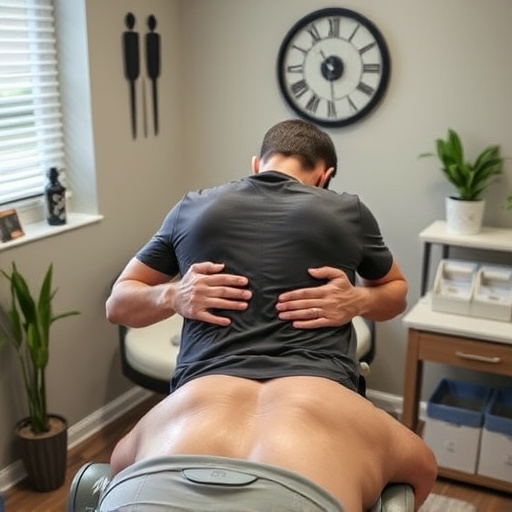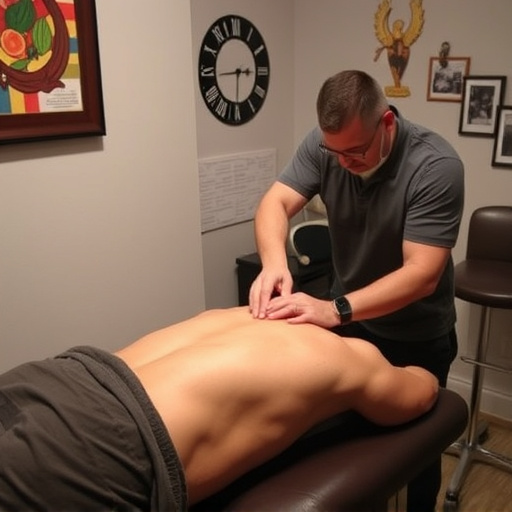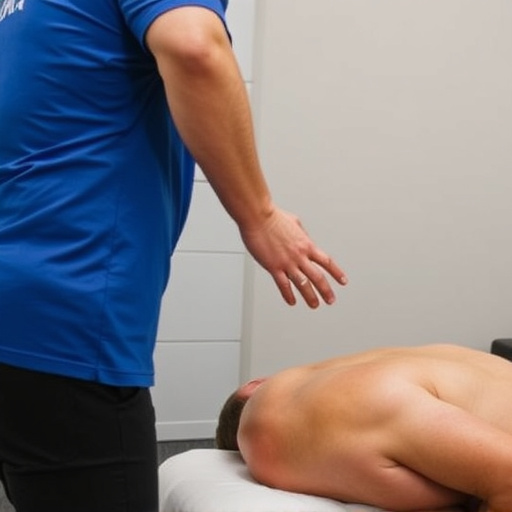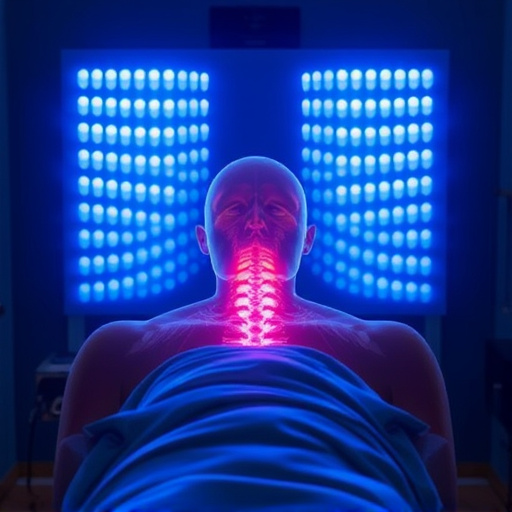Repetitive strain injury (RSI) affects individuals performing repetitive tasks, causing inflammation and pain over time. Personalized treatment plans combining physical therapy, ergonomic adjustments, and home stretches offer effective relief. At-home stretches prevent and manage RSIs by relieving tension, strengthening muscles, enhancing circulation, and improving flexibility, posture, and muscle balance. Regular stretching reduces joint pain and promotes overall health.
Repetitive Strain Injury (RSI) is a common condition affecting individuals from all walks of life, particularly those with desk jobs or involving repetitive tasks. This article explores an accessible and effective strategy to prevent RSI: at-home stretches tailored to target key areas prone to strain. We’ll delve into understanding the risks, introduce simple yet powerful stretches, and provide guidance on seamlessly integrating these practices into your daily routine for optimal injury prevention.
- Understanding Repetitive Strain Injury Risks
- Targeted At-Home Stretches for Key Areas
- Integrating Stretches into Daily Routine for Prevention
Understanding Repetitive Strain Injury Risks

Repetitive Strain Injury (RSI) is a common condition affecting individuals who perform repetitive tasks with their hands and arms. This includes activities like typing, using a mouse, playing musical instruments, or even carrying heavy bags daily. The risks of RSI arise from prolonged periods of muscular strain, often due to poor posture or improper ergonomics. Over time, these repetitive actions can lead to inflammation, pain, numbness, and weakness in the affected areas.
Early signs of RSI should not be ignored. It’s crucial to recognize symptoms like tingling fingers, carpal tunnel-like sensations, or persistent neck pain as potential indicators of strain. To prevent or manage RSI, a combination of personalized treatment plans can be beneficial. Non-invasive treatments such as physical therapy, ergonomic adjustments, and specific stretches at home can significantly reduce symptoms and improve overall comfort, especially for those facing challenges with conventional neck pain treatment methods.
Targeted At-Home Stretches for Key Areas

At-home stretches are an effective way to prevent and alleviate symptoms of repetitive strain injury (RSI). Targeted stretching can help release tension in key areas affected by RSI, promoting muscle recovery and reducing pain. One of the most common areas to focus on is the neck and shoulder region. Simple movements like a gentle neck roll or shoulder shrugs can improve flexibility and range of motion, providing headache relief and sciatica relief for those experiencing these related issues.
Additional stretches to consider include wrist rotations and finger bends to target the arms, and hip circles and leg extensions for the lower body. Incorporating these into your daily routine can help strengthen muscles, enhance circulation, and prevent strain from everyday activities, ultimately supporting long-term muscle recovery and injury prevention.
Integrating Stretches into Daily Routine for Prevention

Integrating regular stretching into your daily routine is a powerful strategy to prevent and manage repetitive strain injuries (RSIs). Many people overlook the importance of flexibility in their daily lives, often focusing solely on strength training. However, incorporating simple stretches can significantly reduce the risk of RSIs, which are common in today’s active populations due to repetitive tasks and prolonged periods spent sitting or using digital devices. Even just a few minutes of stretching each day can make a noticeable difference in joint health and overall well-being.
By making stretching a non-negotiable part of your routine, you can achieve joint pain relief, including sciatica and lower back pain relief. These conditions are often associated with poor posture, muscle imbalances, and limited range of motion. Regular stretching helps to lengthen muscles, improve joint mobility, and reduce tension, thereby preventing the onset of RSIs and promoting a healthier lifestyle. Whether it’s a quick morning stretch session or a post-work relaxing routine, consistency is key in maintaining a healthy body and mind.
By incorporating targeted at-home stretches into your daily routine, you can proactively reduce risks of repetitive strain injury (RSI) and maintain optimal hand, wrist, arm, and shoulder mobility. Consistent practice strengthens connective tissues, improves posture, and enhances overall upper body flexibility, providing lasting relief for symptoms associated with RSI. Start today to prevent discomfort and promote a healthier, pain-free future.














